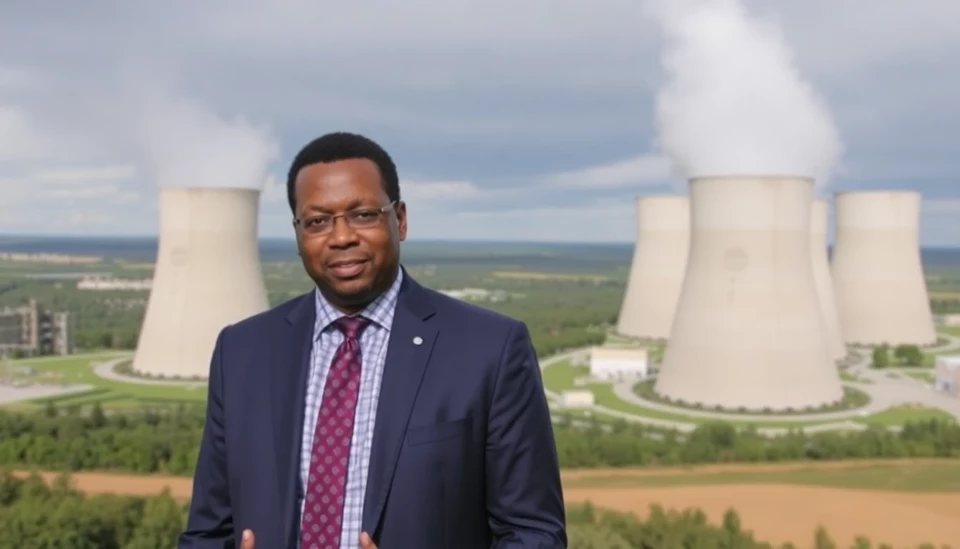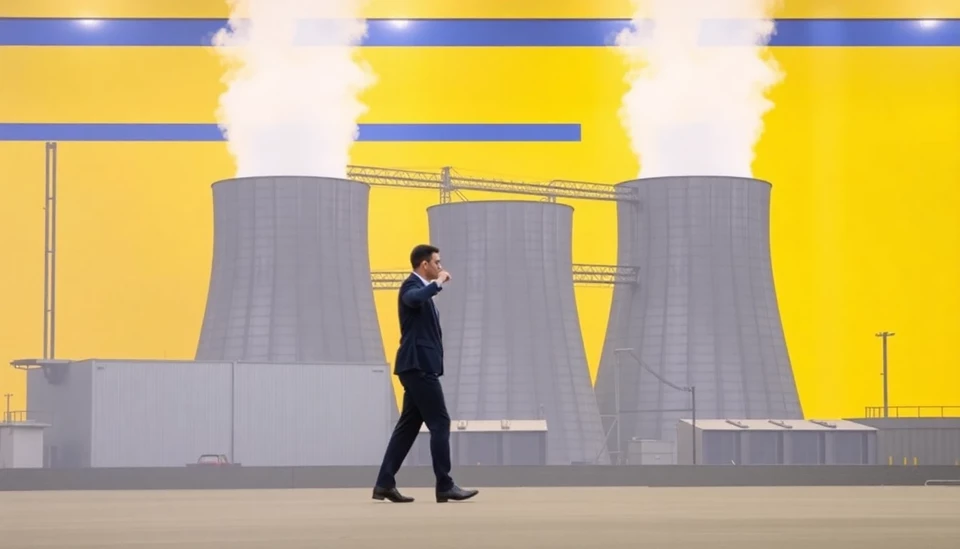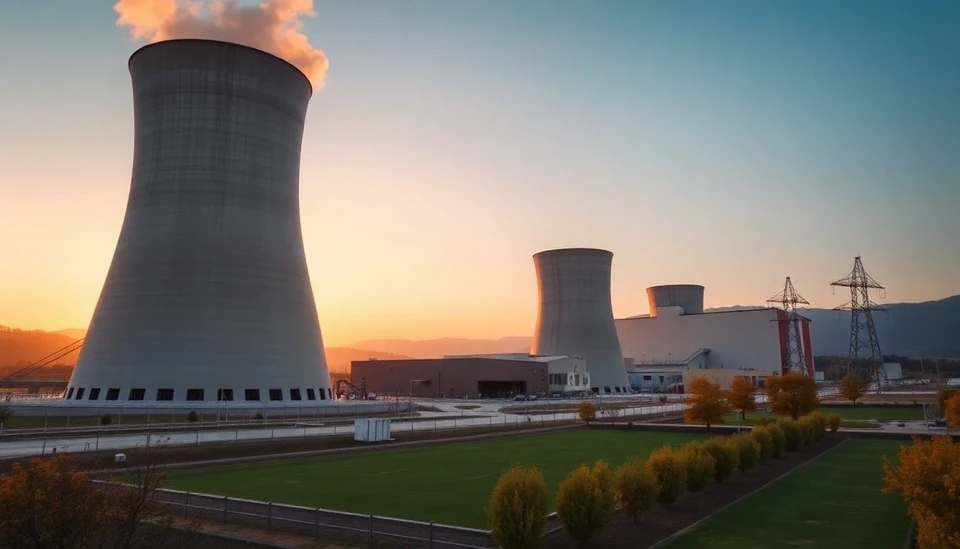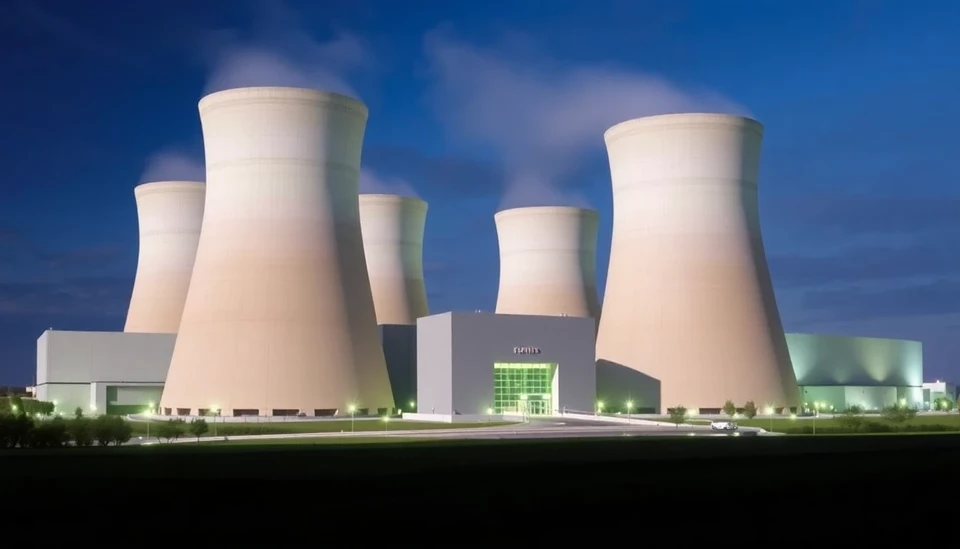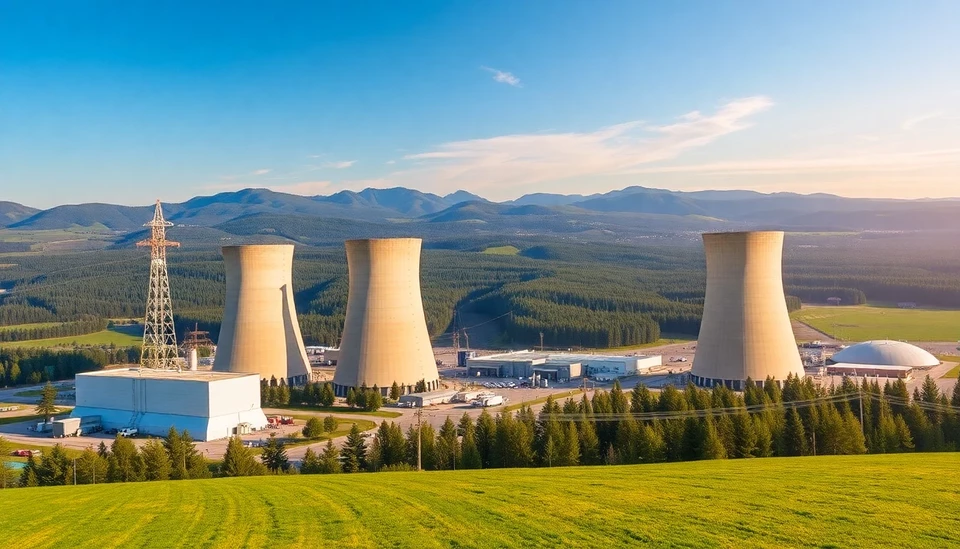
In a significant pivot for the energy sector, Terrestrial Energy, a leader in advanced nuclear reactor technology, has announced plans to go public through a merger with a special purpose acquisition company (SPAC). This strategic move aims to catalyze investments and accelerate the commercialization of its groundbreaking nuclear technology, which promises to be a game-changer in the quest for cleaner energy solutions.
The SPAC merger with the company known as “The Energy Transition” is expected to be finalized in the coming months, creating a publicly traded entity poised to expand its operations significantly. The company has garnered a reputation for innovating within the nuclear sector, particularly by developing a proprietary Integral Molten Salt Reactor (IMSR) technology. This reactor design offers enhanced safety features and efficiency levels that could make nuclear power more accessible and acceptable to a wider audience.
Terrestrial Energy’s IMSR leverages molten salt as a coolant, a departure from conventional reactors that use water. This innovation not only increases operational efficiency but also minimizes the risk of overheating, thereby addressing many of the safety concerns historically associated with nuclear energy. The company’s approach allows for smaller scale reactors capable of being deployed in regions that lack the infrastructure for traditional nuclear facilities.
In announcing the deal, Terrestrial Energy’s CEO emphasized the need for substantial investment to bring the IMSR technology to market, expressing confidence that the SPAC route will facilitate the necessary funding. The merger is anticipated to provide the capital required to accelerate the deployment of their first commercial reactors, with the goal of contributing to global decarbonization efforts by providing a stable and reliable source of clean energy.
The implications of this merger extend beyond Terrestrial Energy itself. Industry analysts view the transaction as a signal that the nuclear sector is regaining momentum amidst a global energy crisis exacerbated by rising fossil fuel prices and increasing concerns over climate change. The interest in nuclear energy, particularly advanced reactors like the IMSR, suggests a pivotal shift in energy policy that could lead to greater acceptance of nuclear power in the broader energy mix.
This move comes at a time when various governments are reevaluating their energy policies to align with ambitious climate goals. With a growing emphasis on reducing carbon emissions and transitioning to sustainable energy sources, the development of advanced nuclear technologies could play an essential role in achieving these objectives. The merger with a SPAC, which has become a popular vehicle for companies looking to enter public markets, reflects the increasing interest in nuclear innovations among investors looking to support environmentally friendly technology.
As the energy landscape evolves, the spotlight will undoubtedly turn to Terrestrial Energy, as its funding ambitions coincide with a collective push for cleaner energy solutions globally. Should the merger proceed successfully, it could herald a new era for nuclear energy and potentially reshape perceptions about the viability of nuclear power as a sustainable resource for the future.
With the SPAC deal in play, stakeholders in the energy sector will be closely monitoring the developments, as the emergence of Terrestrial Energy could signify a broader renaissance in nuclear power technology. As this story unfolds, industry leaders and environmentalists alike remain hopeful that the advances in nuclear technology can pave the way for a more sustainable future.
#NuclearEnergy #PublicOffering #SPAC #CleanEnergy #TerrestrialEnergy #AdvancedNuclear #EnergyTransition #ClimateChangeSolutions
Author: Victoria Adams
